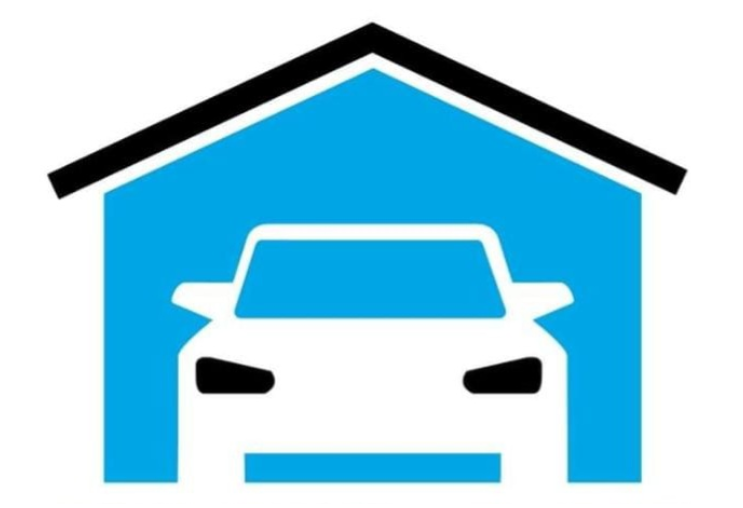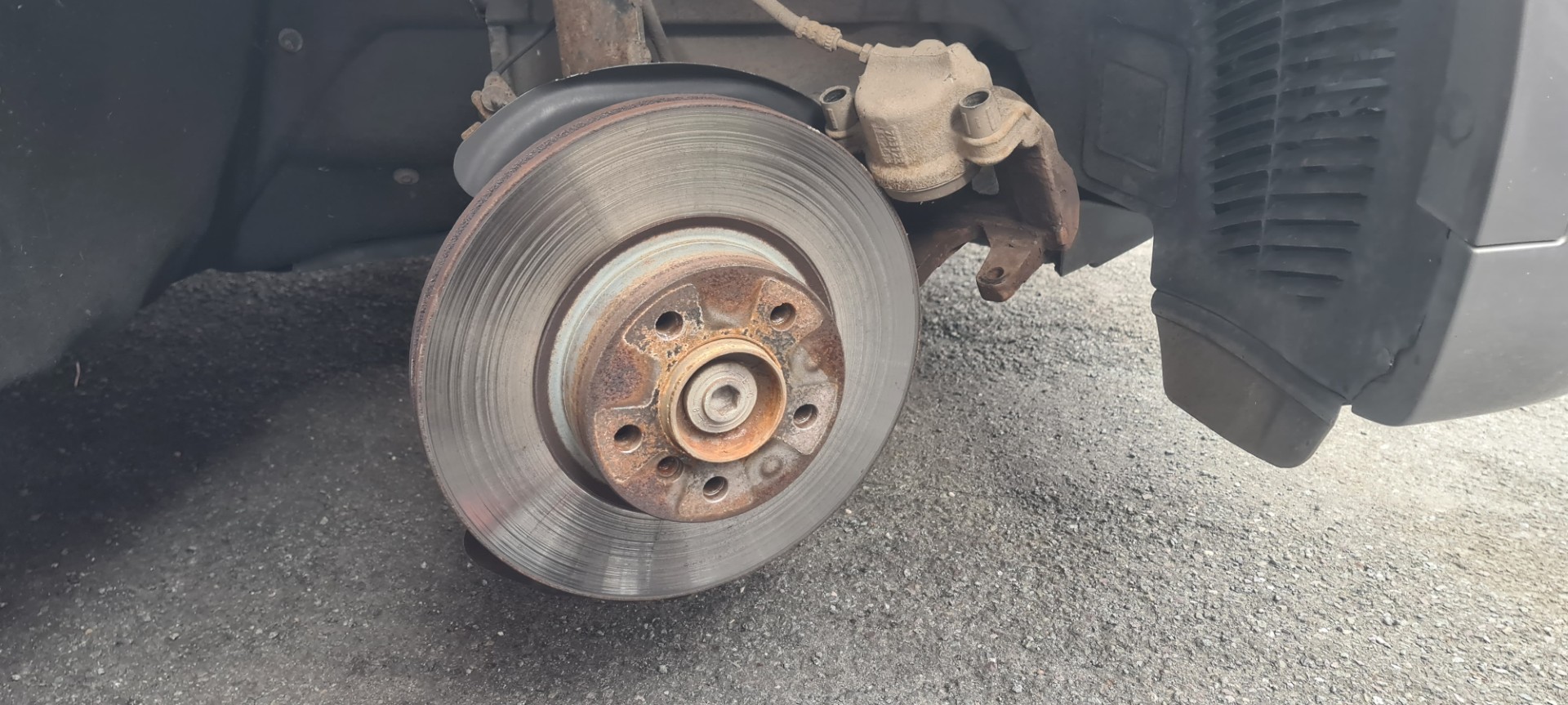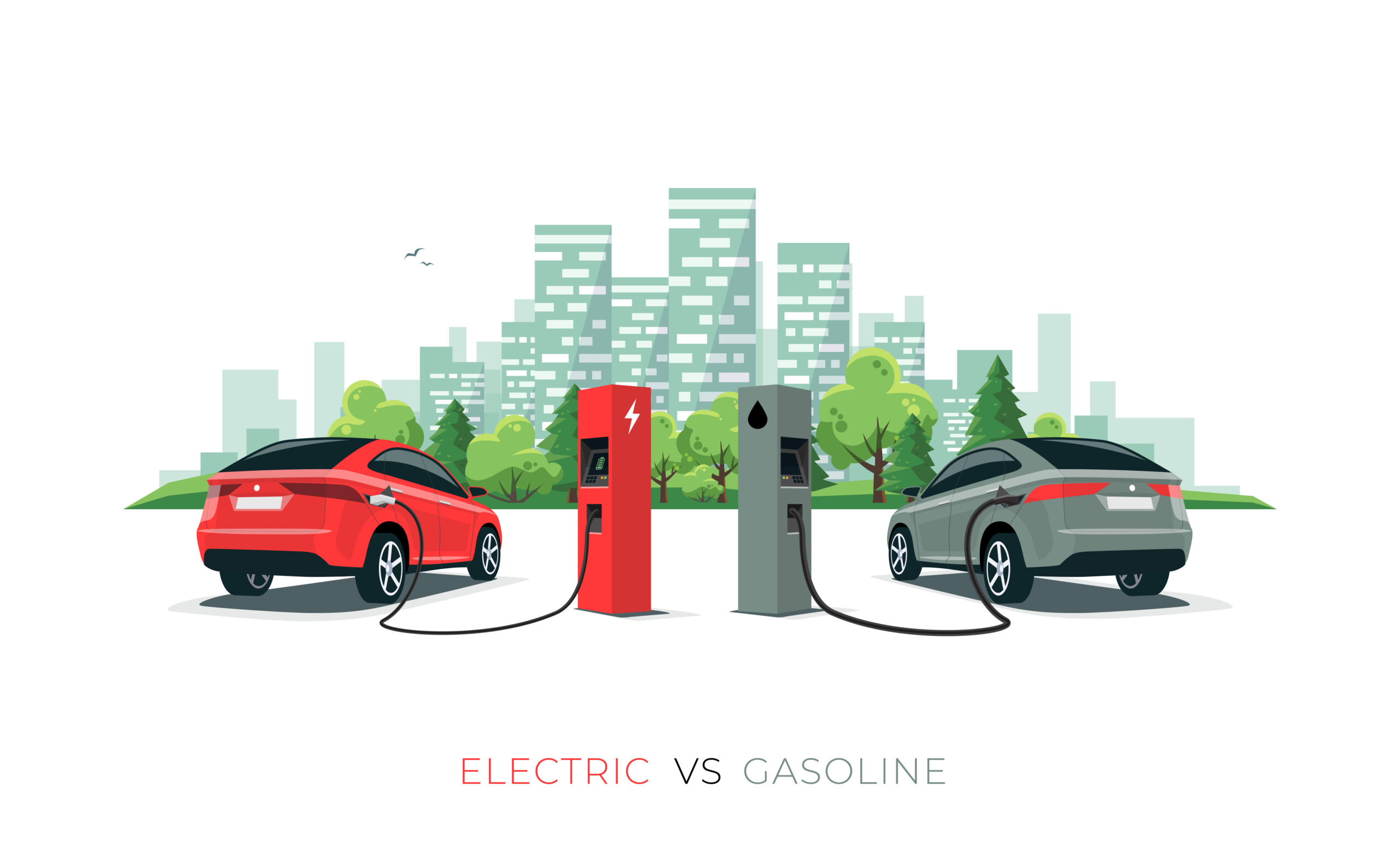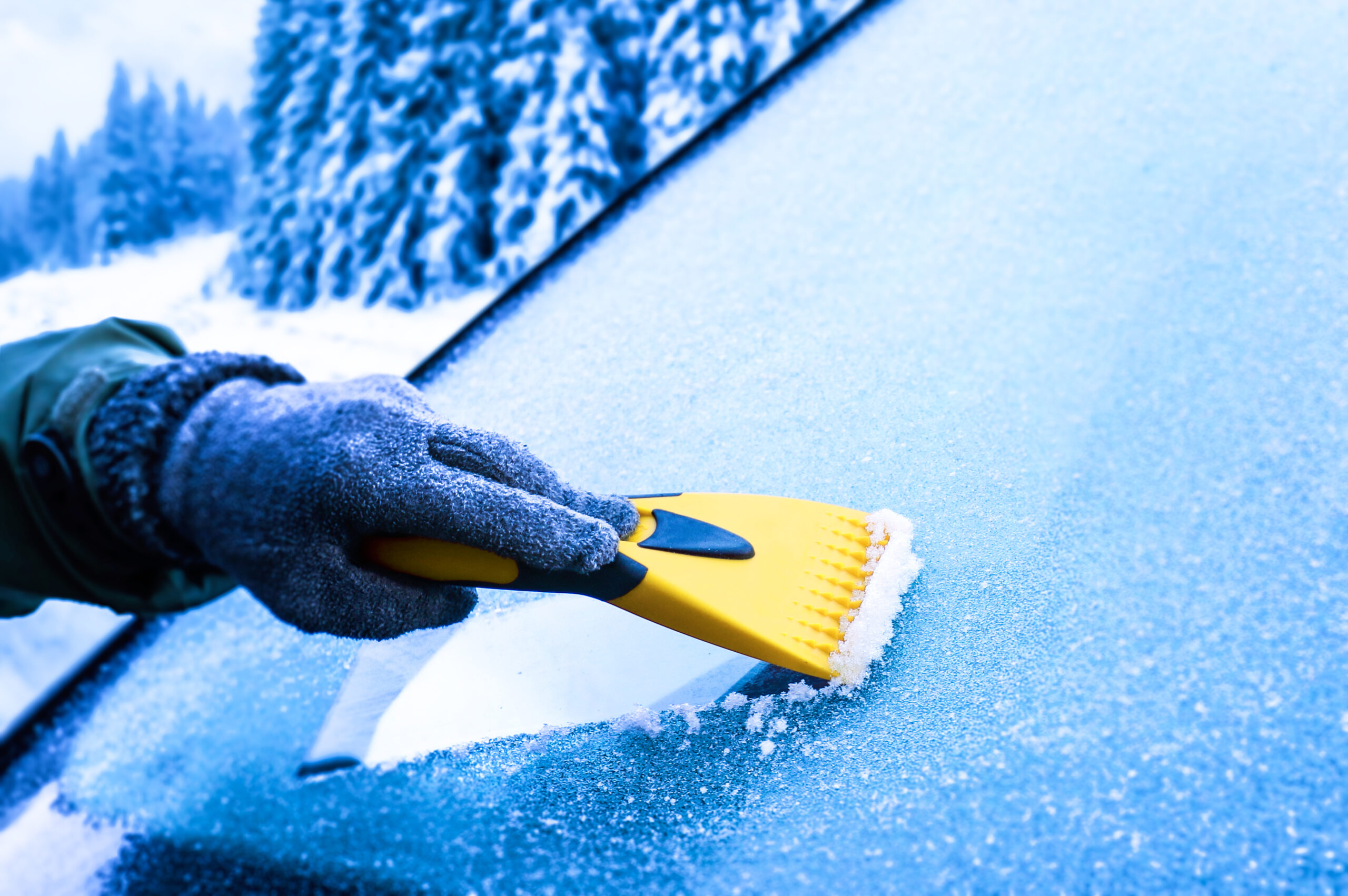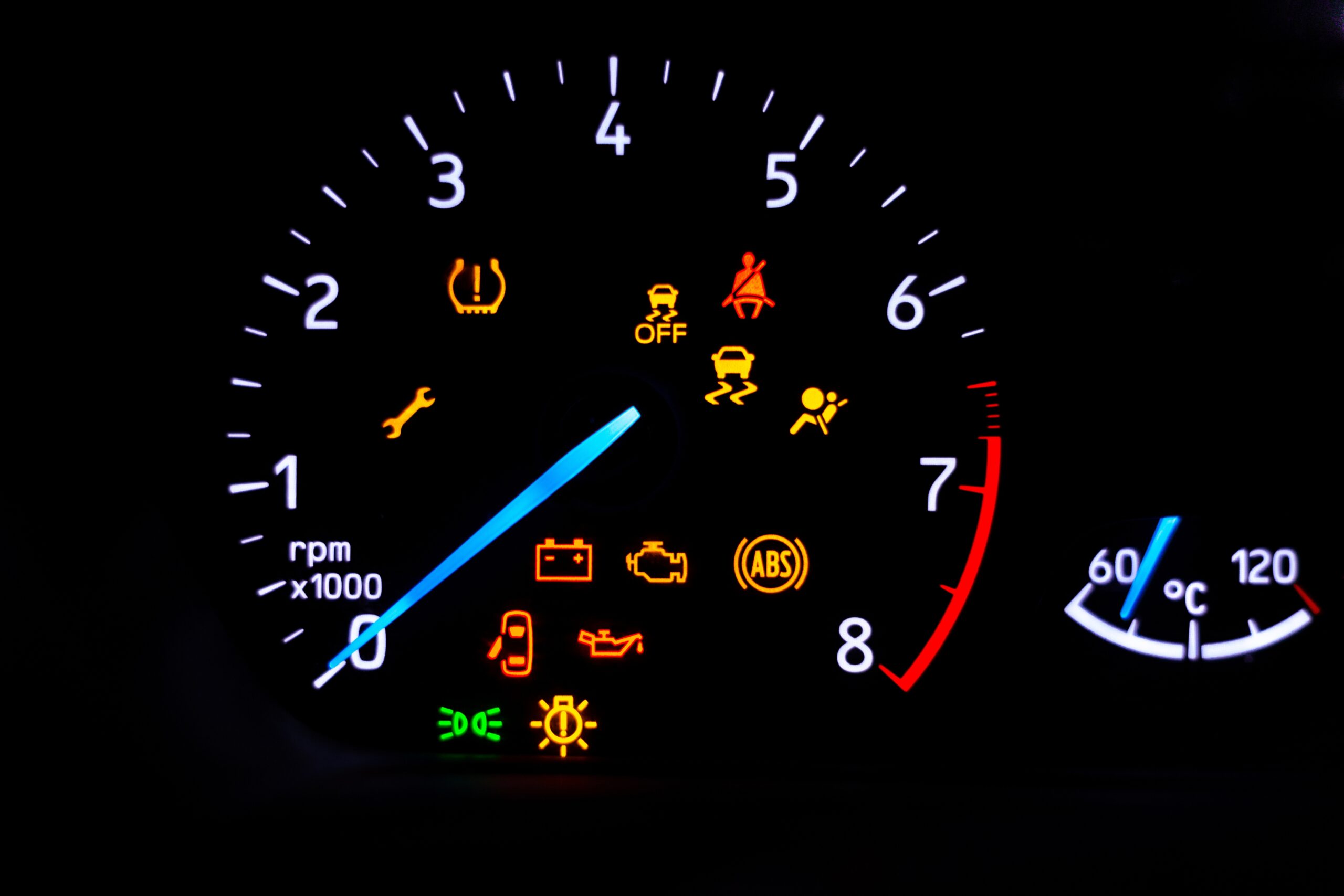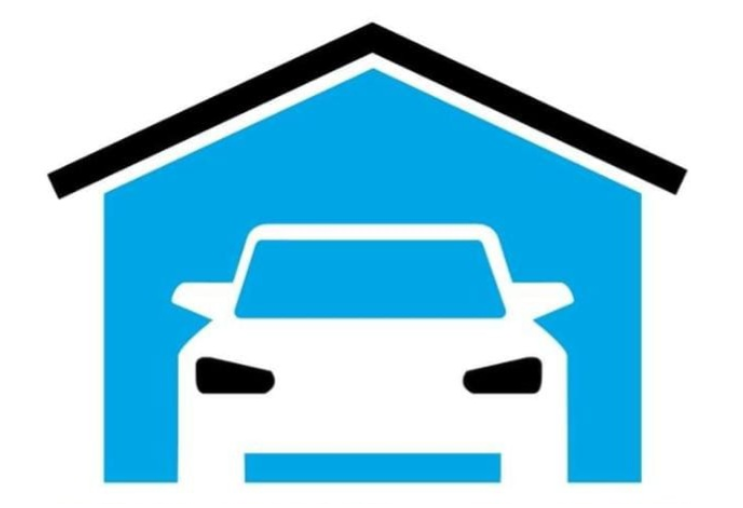Welcome to Vehicle Starter Motor Replacement Experts
Starter Motor Replacement
Welcome to BookMechanic.uk Our experienced mechanics specialize in starter motor replacement for all types of cars and vans. We provide hassle-free service by coming to you.
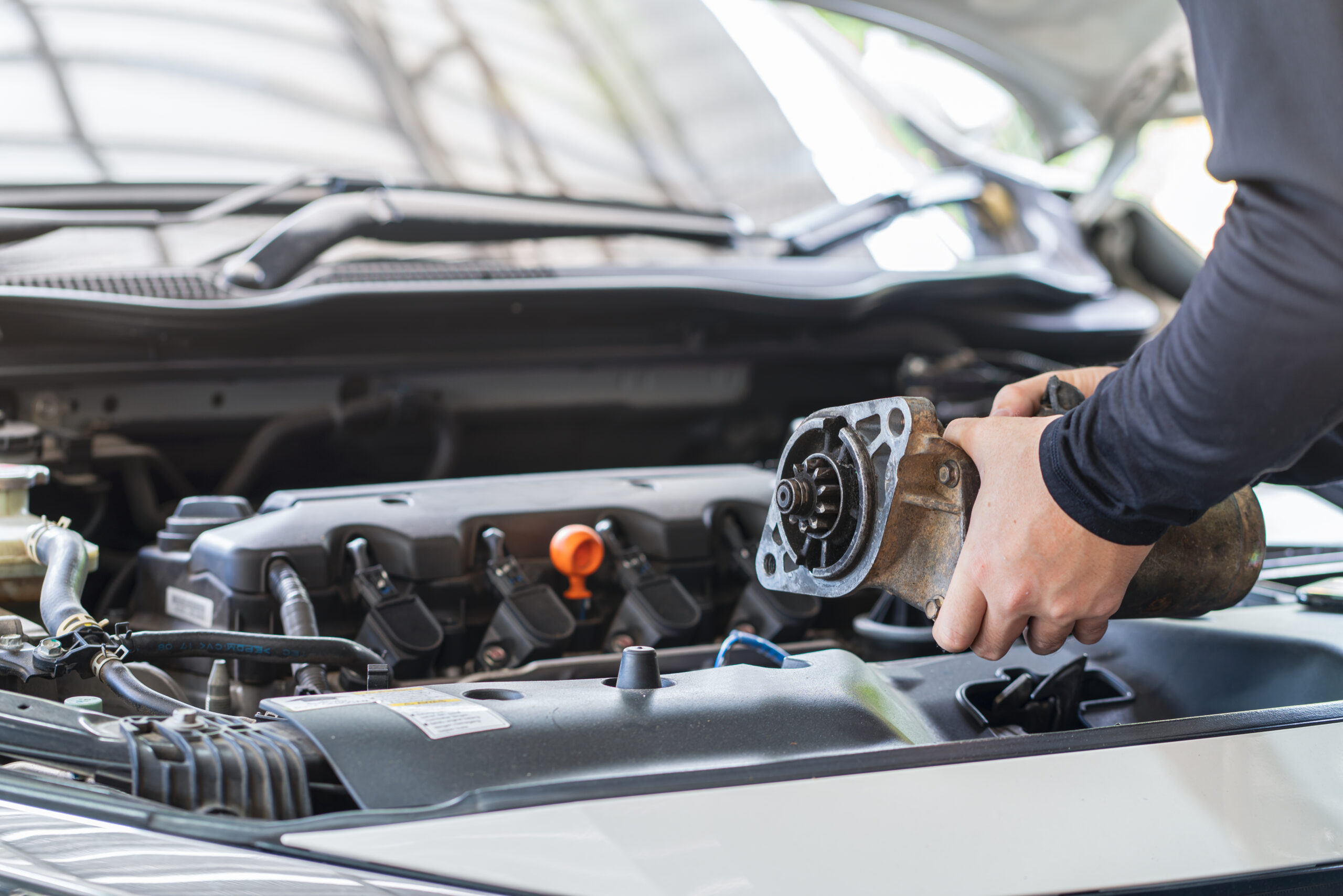
Starter Motor Replacement Frequently asked questions.
Jump-starting a vehicle with a faulty starter motor is generally safe as long as the battery is in good condition. However, keep in mind that jump-starting won’t fix the underlying issue with the starter motor, so it’s advisable to have it inspected and repaired or replaced as soon as possible.
Yes, a starter motor can be tested using diagnostic tools such as a multimeter to measure electrical continuity and voltage, as well as a starter motor bench tester to evaluate its mechanical performance.
Common causes of starter motor failure include worn-out brushes, a faulty solenoid, electrical issues such as corroded connections or a weak battery, and mechanical problems such as a seized armature or worn-out bearings.
The lifespan of a starter motor can vary depending on factors such as driving habits, vehicle maintenance, and environmental conditions. Generally, a starter motor can last anywhere from 50,000 to 150,000 miles or more.
In some cases, a starter motor can be repaired by replacing faulty components such as brushes, solenoids, or bearings. However, in many cases, it’s more cost-effective and efficient to replace the entire starter motor.
Common signs of a failing starter motor include a clicking noise when attempting to start the engine, slow or intermittent cranking, a grinding sound, and failure to start the engine altogether.
When the ignition key is turned or the start button is pressed, an electrical current is sent to the starter motor, which then engages with the engine’s flywheel or flexplate to turn the crankshaft. This action starts the engine.
A starter motor is an electric motor that initiates the engine’s operation by cranking it, allowing combustion to begin and the engine to start running.
